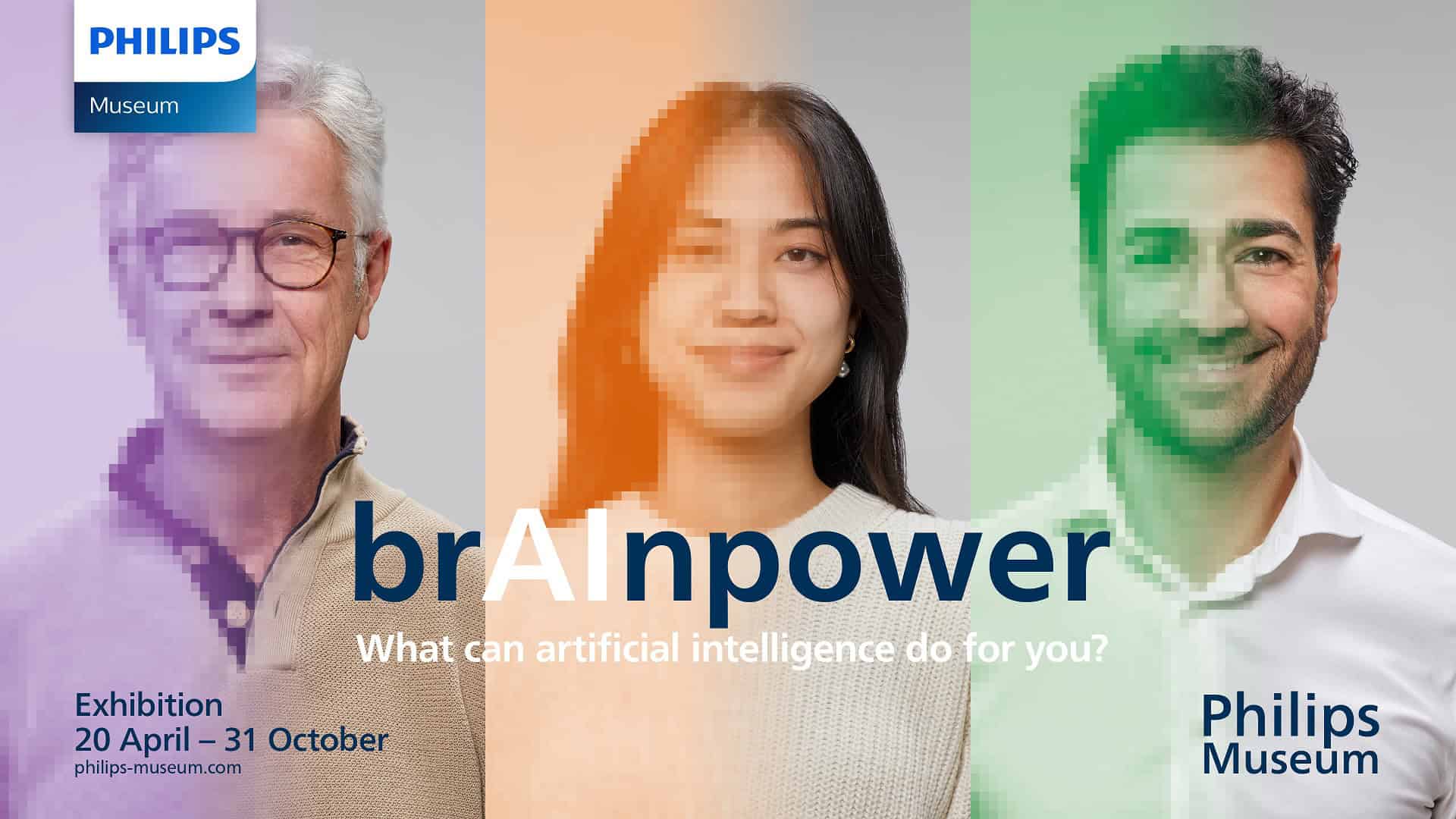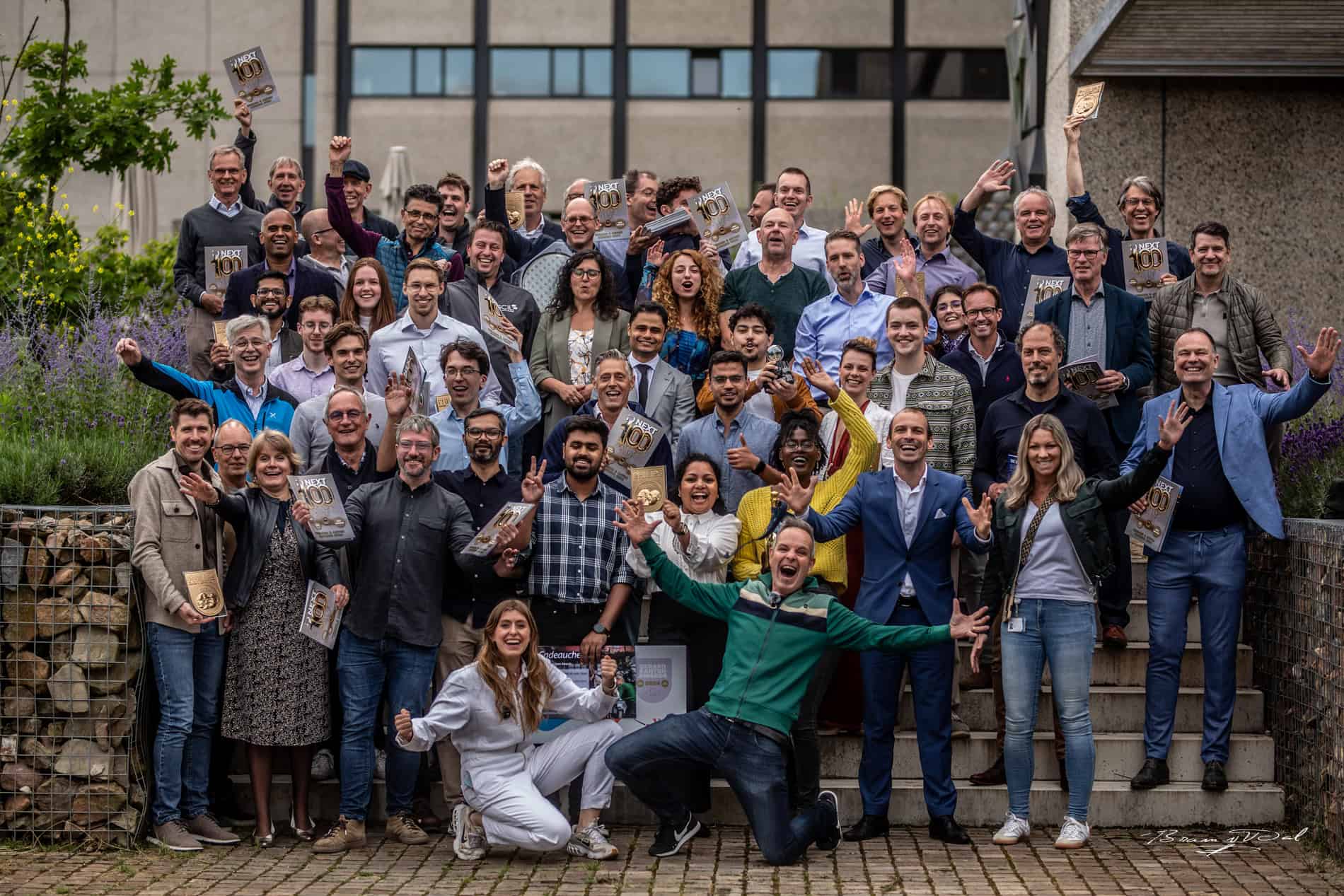
Upon entering the Philips Museum, visitors are welcomed by founding fathers Gerard and Anton – in deep fake video. The two brothers connect the emergence of electricity and the rise of AI. Philips’ history with AI goes back to the development of the electron tube. This tube evolved from the light bulb and was a step towards developing the transistor and microchips. These innovations were crucial to today’s computing power and data storage, making them part of the AI revolution. At the same time, Philips innovated a lot in digital medical imaging. Thus, Philips is often at the forefront of applying AI to improve healthcare.
A new interactive exhibition on artificial intelligence at the Philips Museum will bring it all together. It opens on Saturday, 20 April.
AI is a revolution with unprecedented opportunities. At the same time, as an emerging technology, it creates uncertainty. Interactive additions, rare collection pieces, and informative videos show how AI affects everyday life. In this way, the museum aims to appeal to a broad audience.
AI in healthcare
The exhibition focuses on the collaboration of humans and AI: the unique ‘brain’ qualities of humans combined with AI: Brain + AI = Power. This leads to innovations on many fronts, including in healthcare. “This is necessary because medical care is under pressure worldwide,” said Shez Partovi, Chief Innovation & Strategy Officer at Philips. “AI can help ease the workload. Already, AI supports disease detection, diagnosis, treatment, and monitoring. Using AI to analyze medical images can help radiologists, cardiologists, and other specialists make faster and even better diagnoses. AI also helps monitor patients for vital signs, which can contribute to a lower hospital readmission risk. This helps improve efficiency, allowing healthcare providers to focus on their patients.”
(Un)conscious AI use
The exhibition also looks at AI’s impact today and in the future. Many people – often unconsciously – are already using AI, such as by using an electric toothbrush with sensors. Others are already working with programs such as ChatGPT and Midjourney. Visitors can discover what AI can mean in daily life. For example, they can build a Lego house and have AI ‘translate’ it into a dream house design. Or they can step into a designer’s shoes with AI to create original images. Visitors can also experience being guided by AI with Precise Position to lie down correctly in the CT scanner.
BrAInpower was originally an exhibition of Rijksmuseum Boerhaave. It was revamped and expanded by the Philips Museum.








